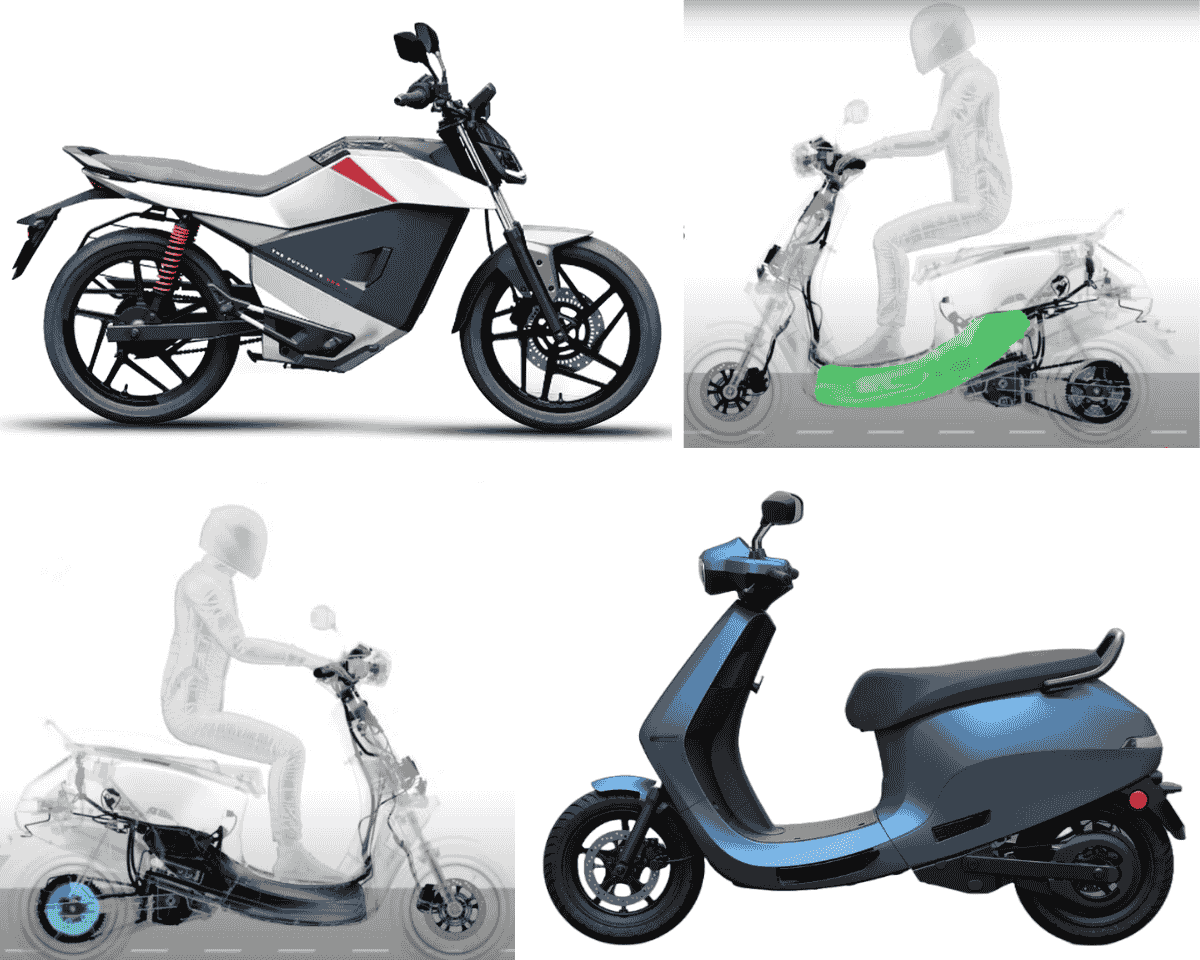This post is for paying subscribers only
Upgrade your account to read the post and get access to the full library of posts and ALLSPARK, our knowledge bank covering 200 startups.
Sign up now Already have an account? Sign inMarketing is critical for technology creation. Without taking new tech to the masses, one cannot continue creating. Pathbreaking innovations - from Damon's hyper-optimized monocoques to Verge's Donut motor- often take time to reach the mass level. That limits their impact.

Upgrade your account to read the post and get access to the full library of posts and ALLSPARK, our knowledge bank covering 200 startups.
Sign up now Already have an account? Sign in